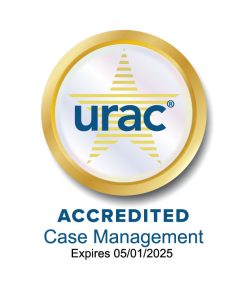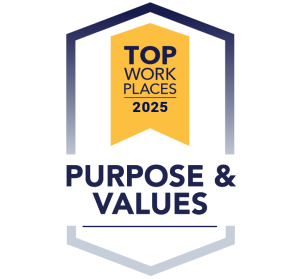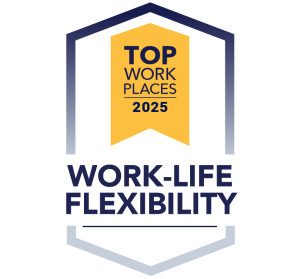By: Renée Dain, SVP, Strategic Partnerships and External Affairs
Imagine a world where saving money doesn’t mean losing essential benefits. That’s the reality Maryland ABLE creates for its residents with disabilities and their families. This innovative savings program, established under federal law, addresses a crucial gap: the financial vulnerability of individuals depending on government support, such as Medicaid and Supplemental Security Income (SSI). By allowing people to save without affecting their eligibility for these programs, Maryland ABLE not only preserves necessary benefits but also promotes financial independence and improved quality of life. It’s a testament to the power of thoughtful legislation and community advocacy in creating more inclusive opportunities. Let’s dive into the story behind Maryland ABLE’s inception and its impact on those it serves with Kelly Nelson, Outreach and Communications Manager at Maryland ABLE.
What is Maryland ABLE?
Maryland ABLE is a savings program, that makes it possible for people with disabilities and their families to save and invest money without losing the federal and state benefits they need, like Supplemental Security Income (SSI) and Medicaid. The money in an ABLE account must be used for “qualified disability expenses.” These are things that help the person with a disability support or improve their health, independence, or quality of life. Not only can the person with a disability put money in their account, but so can family, friends, and others. Marylanders who put money in a Maryland ABLE account lower their state taxable income. There are other tax benefits, and account fees are low.
How did Maryland ABLE get started?
For decades, people with disabilities were stuck in a cycle of poverty as they were unable to save for the future or save for the additional costs of living with their disability. People with disabilities, their families, advocacy groups, and service provider agencies joined together way to advocate for a way to save money without losing SSI, Medicaid, and other benefits. People depend on these government benefits for income, health care, and other needs. In 2014 Congress passed a law in 2014 called the Stephen Beck, Jr., Achieving a Better Life Experience Act. It is called the “ABLE Act” for short. This law made it possible for states to create ABLE programs to help people with disabilities build more financial independence. Maryland took advantage of this opportunity and started to create the Maryland ABLE program in 2016. By late 2017, the program was up and running and people started opening Maryland ABLE accounts.
What are some of the benefits of having a Maryland ABLE account?
- Easy to open an account. You only need $25 for your first deposit.
- Easy to put money into your account. The minimum deposit after opening your account is only $5.
- Family and friends can deposit money to your account. This can help you meet your goals.
- Easy to get money out of your account.
- Use the money in your account for a lot of different types of things related to your health, independence, and quality of life.
- Deposit up to $18,000 each year; more if you work.
- Save while still being able to keep federal and state benefits like Medicaid; SSI; waiver services; and food, energy, or housing assistance (like Section 8).
- Save up to $100,000 before your SSI benefits are affected.
- Make deposits until your balance reaches $500,000.
- Pay no tax on the money your account earns or on the money you withdraw to pay for qualified disability expenses (QDEs).
- People who live in Maryland and put money into your account, including you, get a tax benefit.
Learn more about Maryland ABLE from Kelly Nelson, Outreach and Communications Manager by viewing a recent Community Enrichment Webinar HERE.
The Maryland ABLE website at www.marylandable.org serves as an excellent source of information, offering a comprehensive set of Frequently Asked Questions (FAQs).
The Users Guide to Maryland ABLE published by the Maryland Developmental Disabilities Council has been a helpful tool for self-advocates and families as it explains the ABLE program in an easy to digest format. Please note that the Guide was published in 2021 so it does not reflect the standard annual contribution limit of $18,000, which became effective on 1.1.24 or a description of the new fixed income investment option and the allocation method for contributions for savings/investment.
The ABLE Today website is a good resource for learning about the 48 ABLE programs nationwide, archived presentations on a variety of ABLE related topics and other helpful resources.







